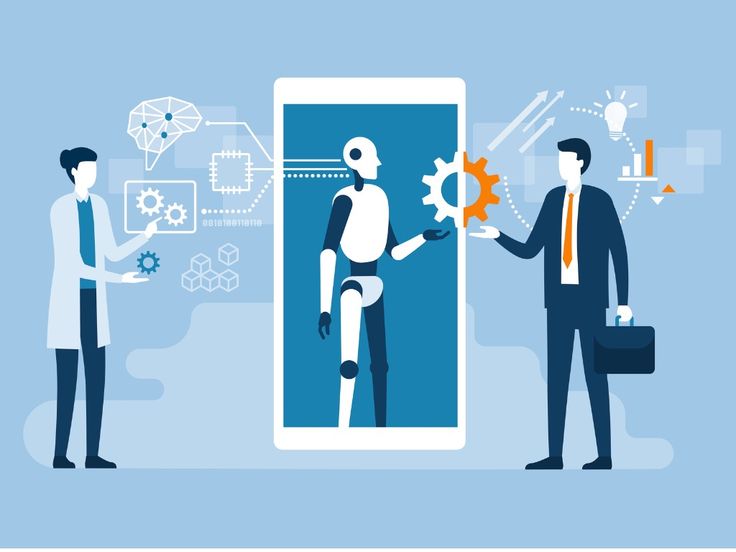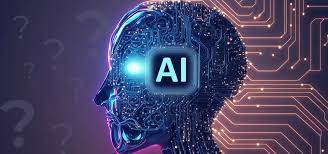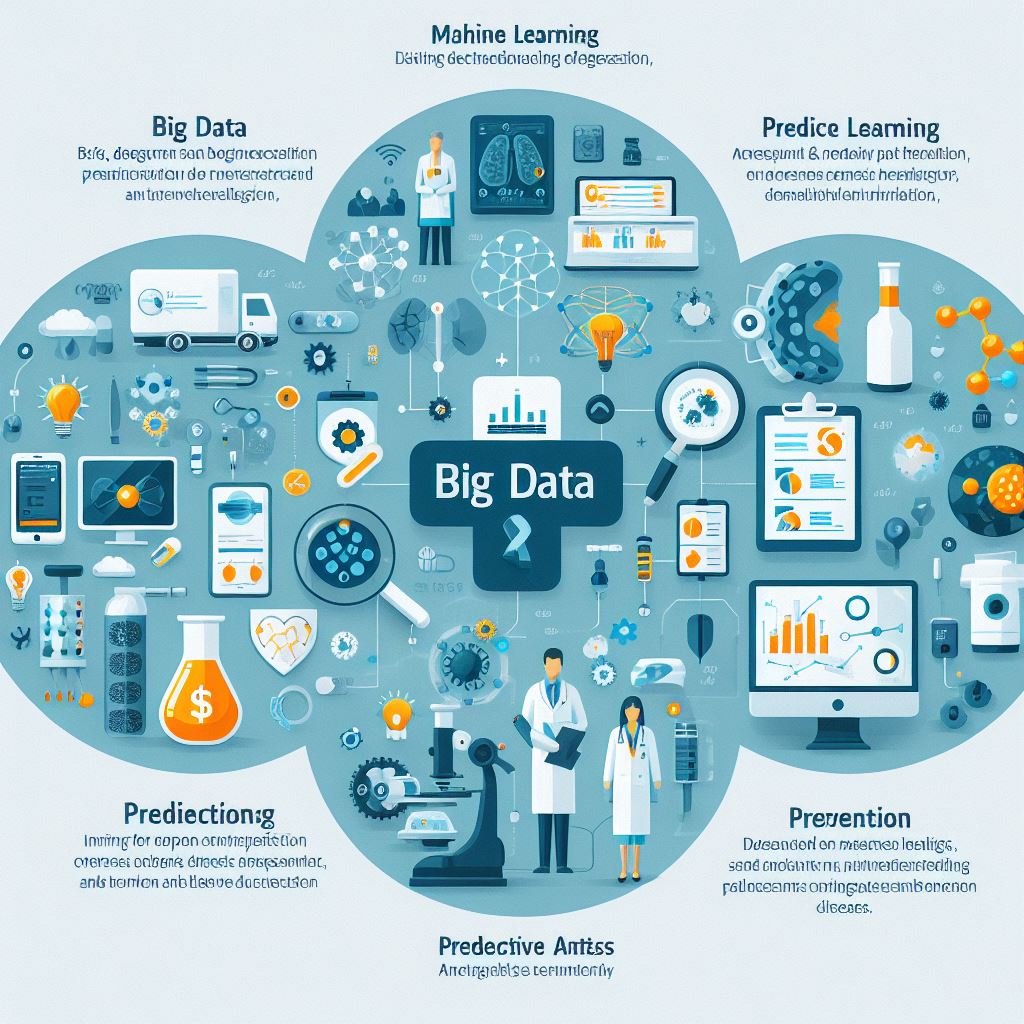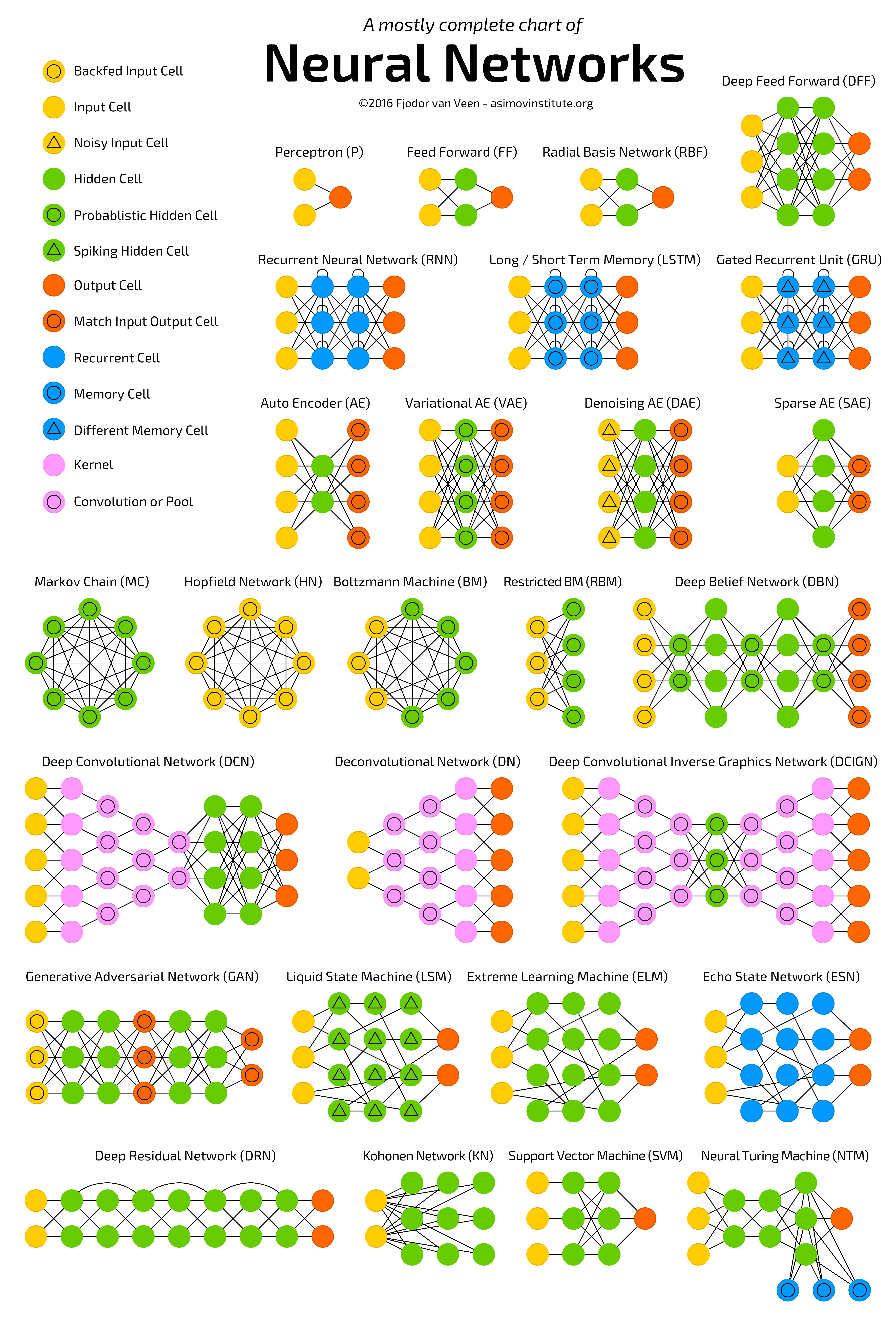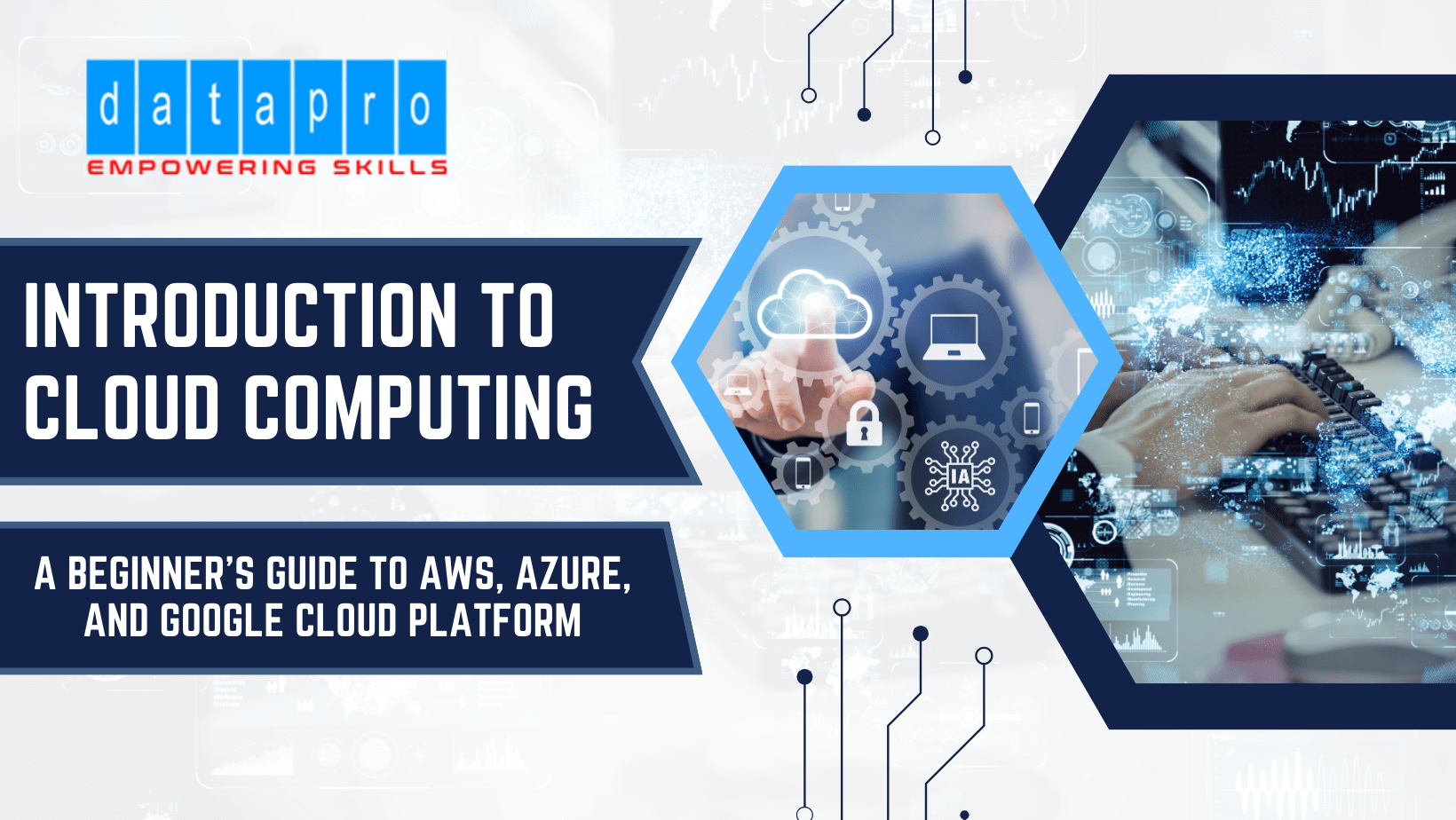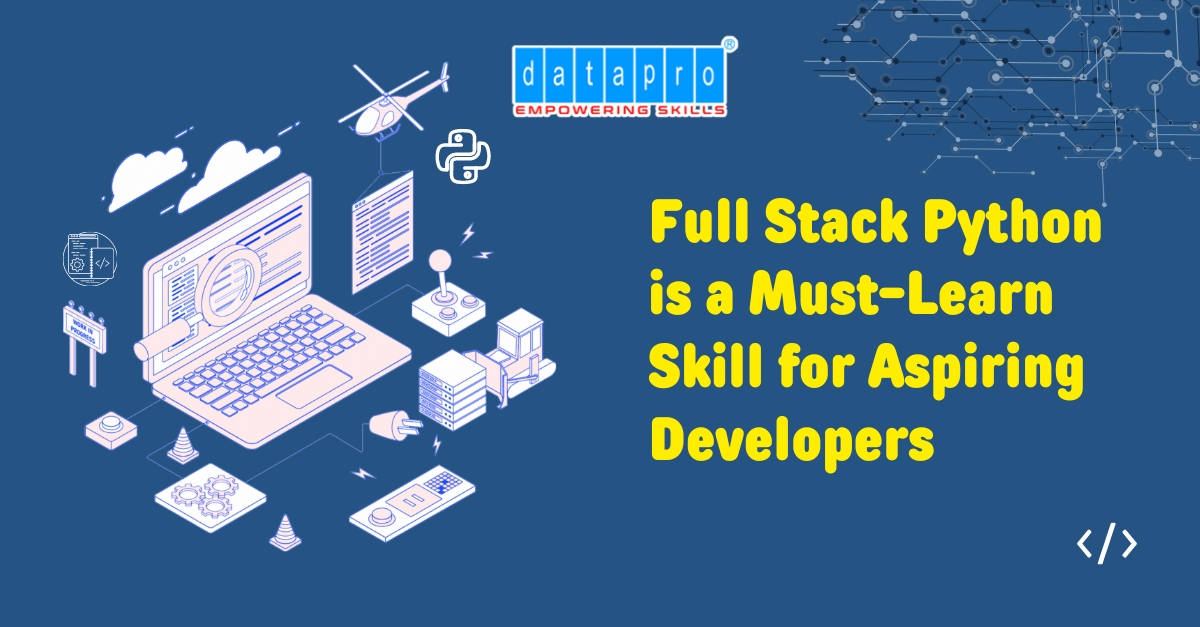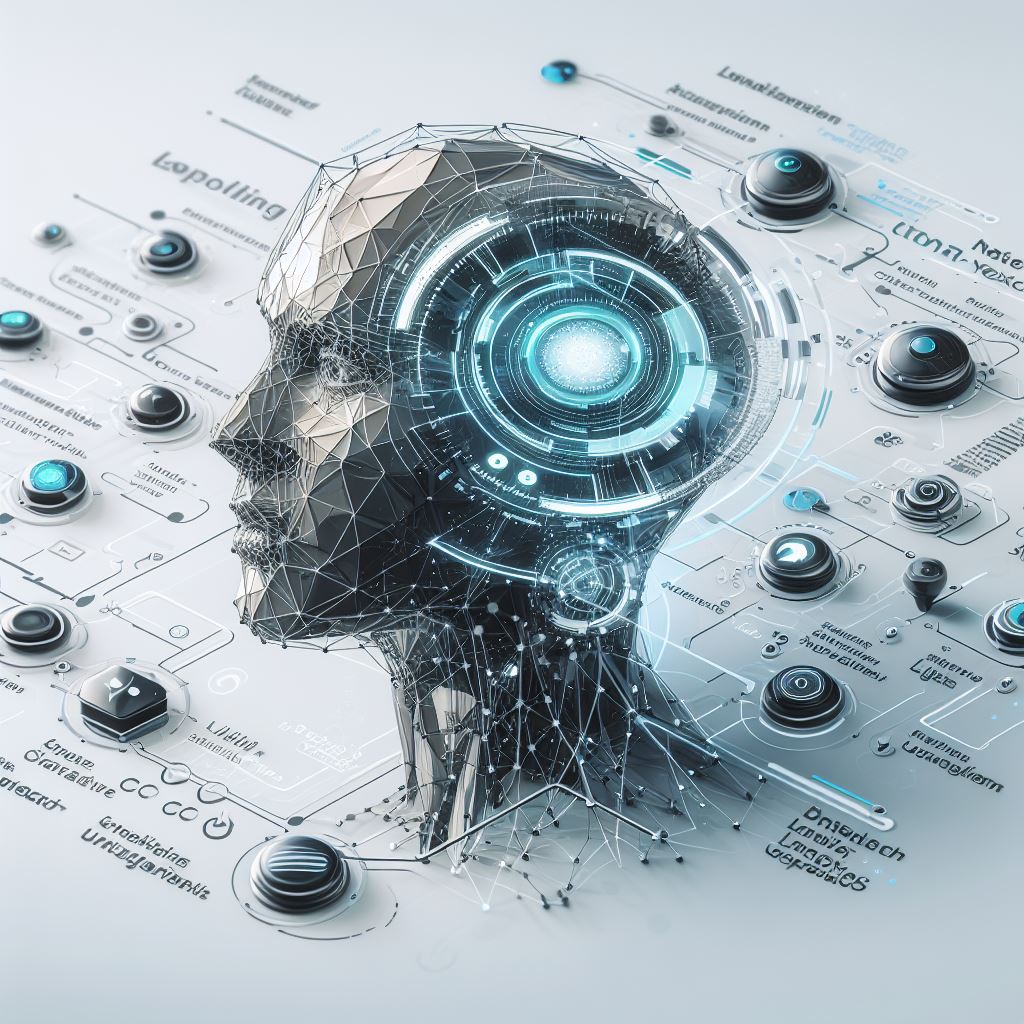
Defining Natural Language Processing (NLP)
nlp Natural language processing is a branch of artificial intelligence that focuses on interactions between computers and human language. Simply, natural language enables computers to understand, interpret, and produce human language. It bridges the gap between the complexity of human language and the computational capabilities of computers, allowing us to develop systems that can process and analyze textual data.
The Evolution and Importance of Natural Language Understanding in Modern Technology
Natural language generation has evolved significantly over the years, driven by advancements in computational power and algorithms. It has become an integral part of various technologies and applications that we use in our everyday lives. From voice assistants like Siri and Alexa to language translation tools, Natural language has revolutionized the way we interact with computers and has opened up new possibilities for communication and automation.
The Basics of Human Language
Components of Human Language: Words, Grammar, and Meaning
Human language consists of various components, such as words, grammar, and meaning. Words are the fundamental building blocks of language, representing concepts and ideas. Grammar provides the rules and structure for arranging words to convey meaning. Meanwhile, meaning refers to the interpretation and understanding of the words and sentences in a given context.
Challenges of Human Language: Ambiguity and Contextual Understanding
One of the biggest challenges in Natural language generation is dealing with the inherent ambiguity of human language. Words and sentences can have multiple interpretations depending on the context in which they are used. For example, the word "bank" can refer to a financial institution or the edge of a river. Contextual understanding plays a crucial role in resolving this ambiguity and accurately interpreting the intended meaning.
How NLP Aims to Decode and Analyze Human Language
Natural general understanding aims to overcome the challenges of human language by developing algorithms and techniques that enable computers to decode and analyze textual data. By utilizing machine learning and statistical methods, Natural language algorithms can learn from vast amounts of language data to recognize patterns, identify linguistic structures, and infer meaning. This enables computers to perform tasks such as language translation, sentiment analysis, and text classification.
Core Concepts in Natural Language Processing Techniques
Text Preprocessing and Tokenization
Before applying Natural Language Processing techniques to textual data, it is essential to preprocess the text by cleaning and preparing it for analysis. This involves removing noise, such as special characters or punctuation, and normalizing the text by converting everything to lowercase. Tokenization is the process of breaking text into meaningful units, such as words or sentences, to facilitate further analysis and processing.
Part-of-speech tagging and Entity Recognition
Part-of-speech tagging is the process of assigning grammatical labels to words in a sentence to identify their syntactic roles. It helps computers understand the relationships and functions of words within a sentence. Entity recognition, on the other hand, involves identifying named entities in the text, such as people, places, organizations, or dates. This allows for more precise analysis and information extraction from the text.
Syntax and Parsing
Syntax refers to the rules governing the structure and allotment of words in a sentence. Natural Language Processing ai algorithms analyze sentence syntax to understand the relationships and dependencies between words. Parsing involves building parse trees, which represent the grammatical structure of a sentence, and help in sentence understanding and interpretation.
Natural Language Processing Techniques and Algorithms
Sentiment Analysis and Opinion Mining
Sentiment analysis aims to extract emotions or opinions from the text. Natural Language Processing algorithms analyze the language used in the text to identify positive, negative, or neutral sentiments. This enables businesses to understand customer feedback, monitor social media sentiment, and make informed decisions. Opinion mining goes a step further, mining in-depth opinions and sentiments from user reviews and feedback.
Text Classification and Topic Modeling
Text Classifications involve dividing content into predefined categories or categories based on content. Natural Language Processing algorithms learn from labelled training data to classify new text inputs accurately. This technique finds applications of NLP in spam detection and content filtering. Topic modelling, on the other hand, aims to uncover hidden themes or topics within a collection of documents. It can assist in organizing and understanding large volumes of textual data.
Machine Translation and Natural Language Generation
Machine translation utilizes Natural Language Processing techniques to automatically translate text or speech from one language to another. Natural Language Processing ai algorithms analyze the source language and generate accurate translations in the target language. Natural Language Generation (NLG) involves generating human-like language based on predefined rules or machine-learning models. Natural Language Generation finds applications in chatbots, virtual assistants, and report generation.
Challenges and Future of Natural Language Processing
Overcoming Language Variation and Contextual Understanding
nlp language faces challenges in dealing with language variation and contextual understanding. Language varies across regions, cultures, and social groups, making it challenging to develop nlp language models that perform well across diverse language domains. Overcoming these challenges requires advancements in machine learning models and techniques that can capture linguistic diversity and contextual nuances accurately.
Ethical Considerations in nlp language
As NLP becomes more pervasive in various applications and systems, ethical considerations come to the forefront. Addressing fairness and inclusion requires developing models that are robust, transparent, and capable of identifying and mitigating biases. Additionally, privacy concerns arise with the use of NLP technologies, especially in areas like voice assistants, where personal and sensitive information may be shared.
Summary
The Power of Natural Language Processing Language
nlp Natural language processing is a branch of artificial intelligence that focuses on interactions between computers and human language. It bridges the gap between computer capabilities and the complexity of human language, leading to advancements in machine translation, sentiment analysis, and voice assistants. Natural language processing techniques such as text preprocessing, entity recognition and language modelling play a vital role in analyzing and understanding textual data.
Frequently Asked Questions (FAQs)
FAQ1: How is NLP different from Natural Language Understanding (NLU)?
NLP and NLU are related but distinct fields. NLP focuses on the broader task of processing and analyzing human language using computational methods. NLU, on the other hand, is a subset of NLP that specifically deals with understanding the meaning and intent behind human language. NLU involves tasks such as entity recognition, sentiment analysis, and language comprehension.
FAQ2: Are there any limitations to NLP's capabilities?
While NLP has made significant progress, it still faces limitations. Ambiguity and variability in human language pose challenges in accurately interpreting and understanding text. NLP struggles with context-based understanding and can sometimes provide incorrect interpretations. Additionally, NLP models require substantial amounts of labelled training data, making it challenging to apply these techniques to low-resource languages or domains.
In conclusion, Natural Language Processing (NLP) is a groundbreaking field that enables computers to understand, interpret, and generate human language. It has diverse applications in machine translation, sentiment analysis, and voice assistants, among others. With ongoing advancements in techniques and algorithms, NLP is poised to revolutionize communication and drive the development of more intelligent and human-like language systems.




